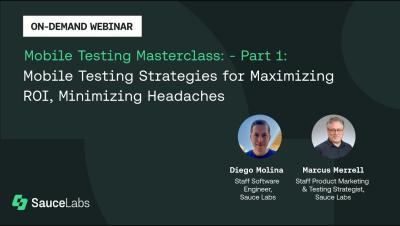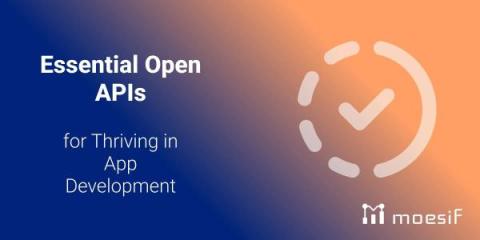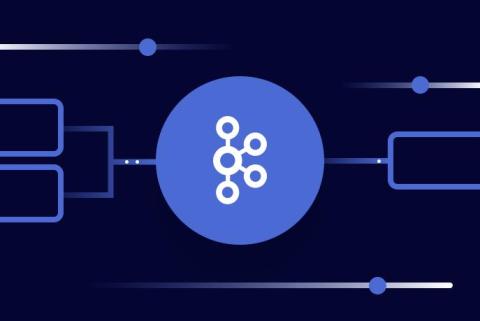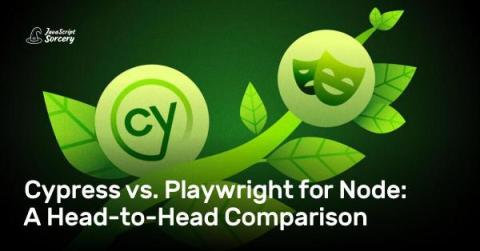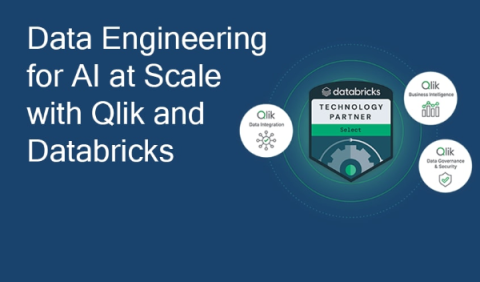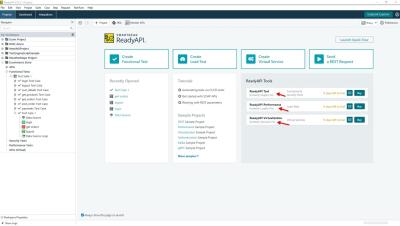Mobile Testing Strategies for Maximizing ROI
Hosted By: Marcus Merrell, Staff Product Marketing & Testing Strategist, Sauce Labs Diego Molina, Staff Software Engineer, Sauce Labs Background: While manual testing with physical devices stymies innovation, collaboration, scale, and productivity, making the move to cloud-based device testing leads to reduced risk, improved efficiency, and faster time-to-market. Watch the webinar replay to explore.


